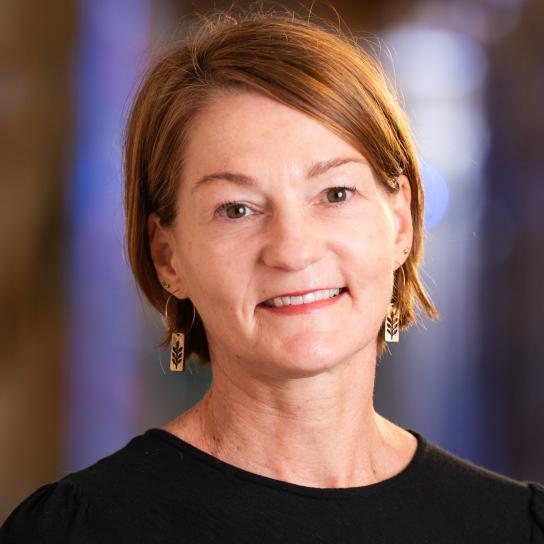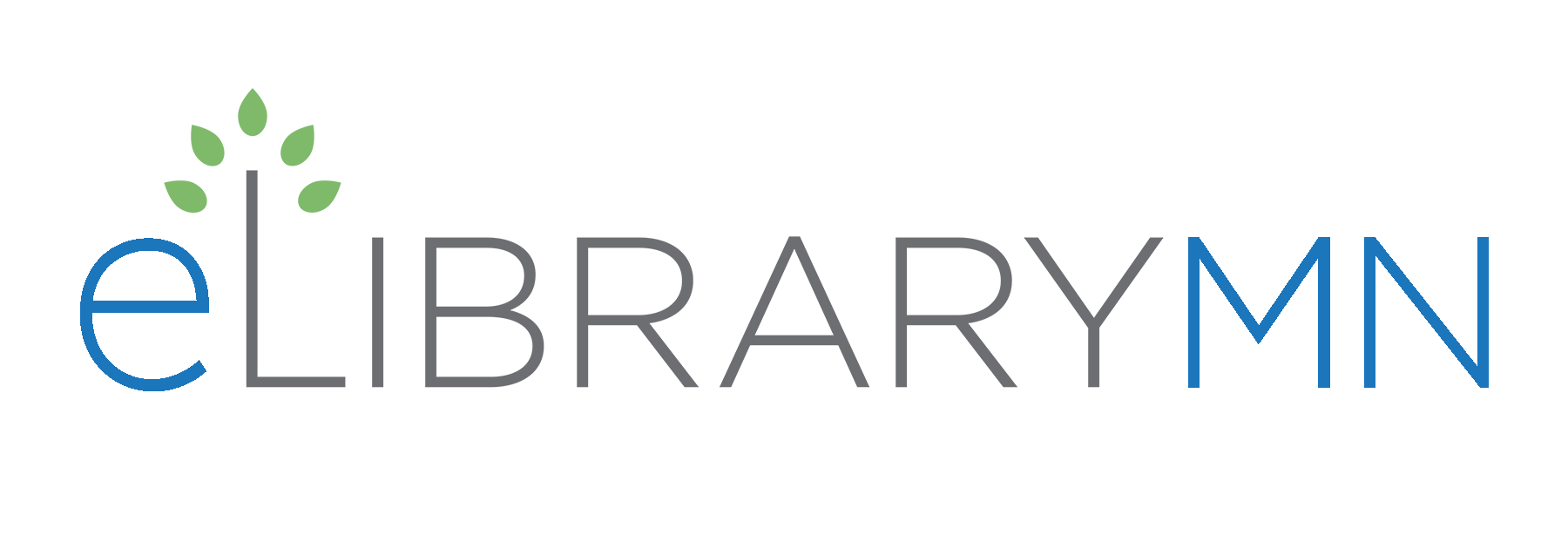by Beth Staats
Quick Summary
eLibrary MN (ELM) can help students and patrons navigate the abundance of information they are inundated with daily.

In the fall of 2022, with midterm elections coming, Laura Warren-Gross, of the Michigan eLibrary, wrote about leading more information-literate lives. Heading back to school and college this fall and with the 2024 election coming in November, now is the perfect time to highlight some ELM information on this topic.
Working to identify credible sources using checklist methods (such as CRAAP or SIFT) has been common practice. However, other strategies might also prove effective. Deception: real or fake news discusses why information literacy is important, and ways to identify bias, opinions, and credibility. Fact, fiction, and opinions: the difference between ads, blogs, news reports, and other media provides a nice introduction to the difference between facts, fiction, and opinions and how they can affect advertisements, news reports, and blogs.
In Computers in Libraries (available full-text in many ELM databases), "Voices of the Searchers" by Mary Ellen Bates asserts that information literacy is still being taught as it was in the 1970s. She suggests that we all need to be more like professional fact-checkers using skills such as lateral reading and learning about technology (including GenAI) to successfully determine the legitimacy of a source.
Information literacy continues to be a hot topic in the library profession. Additional ELM resource content on the topic includes, but is not limited to:
Academic Search Premier provides publications such as Future Internet and Information Technology & Libraries which can be searched to locate additional studies and lesson ideas.
Points of View Reference Source has radio and TV news transcripts which can be used to verify quotes used online and in memes for correct wording and context.
eLibrary Minnesota contains resources that focus on digital literacy for all ages and can help everyone discover more about this important topic.
This article was adapted with permission from Checking Facts for Deeper Understanding written by Laura Warren-Gross of the Michigan eLibrary



